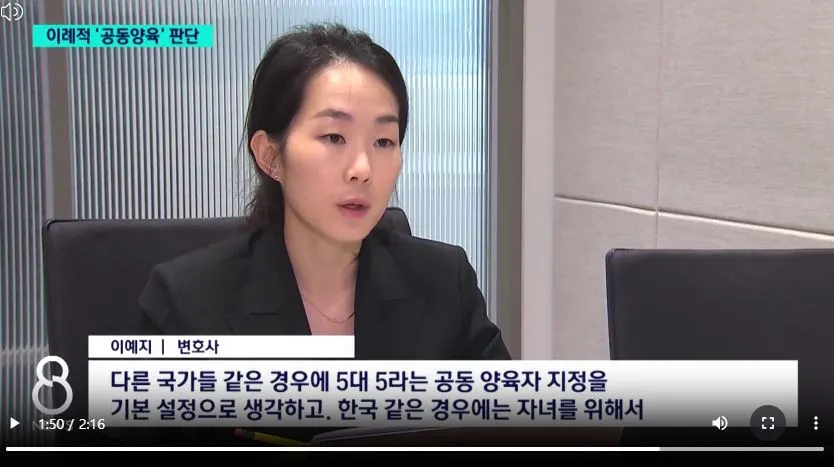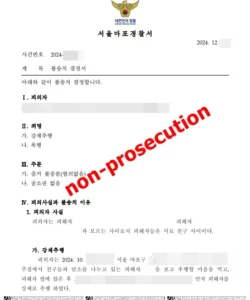In a society where it is more common for one parent to be granted full custody in divorce cases, a recent ruling from the Korean Family Court has made national headlines by designating both parents as “joint custodians” of their children. While joint custody is occasionally achieved through mediation divorce or through a divorce by agreement, it is extremely rare to see such an outcome in a court ruling. The family court decision, led by Attorney Kristen Ye-ji Lee, marks a significant moment in the evolution of family law in Korea, earning coverage on major national news networks.
1. Background of the Case: Joint Custody Ruling in Korea
Table of Contents
In 2021, Mr. A, the husband, filed for divorce, claiming that his wife, Ms. B, was responsible for the breakdown of their marriage. He requested sole custody of their children, asserting that he should be the only custodian, reflecting the common joint custody vs full custody debate.
However, Ms. B countered with a request for joint custody, expressing her desire to actively participate in raising their children. This case is a notable joint custody example, demonstrating how both parents can share responsibility. In a landmark ruling in April 2024, the court sided with Ms. B, establishing both parents as joint custodians and guardians of their three children.
2. Court’s Rationale for Granting: Joint custody vs full custody
The court’s decision was based on its evaluation of the parents’ involvement in their children’s lives. The judges noted that both Mr. A and Ms. B had shared their parenting responsibilities appropriately and demonstrated conflict-resolution skills, which are essential when considering joint custody rights of parents. The Korean Family Court concluded that it was highly likely that both parents would continue to prioritize the children’s happiness and well-being, making joint custody the best arrangement.
In this case, the court not only established joint custody but also provided specific guidelines, creating a detailed joint custody agreement. The parents were instructed to alternate between weekdays and weekends, and to share important dates such as holidays and birthdays. This is an excellent joint custody example in Korea, where courts have rarely provided such a structured approach to ensuring the children’s welfare in shared parenting situations.
3. Joint Custody: New in Korea, Common Globally
As international divorce specialist Kristen Lee pointed out, what is joint custody is often misunderstood in countries like Korea. In nations like the United States, a 50-50 split in parental responsibilities is the norm, a sharp contrast to Korea where shared vs joint custody is still debated.
However, in Korea, courts have traditionally hesitated to embrace joint custody due to concerns that children might experience confusion from moving between two homes. This ruling challenges that notion and sets a precedent for future uncontested vs contested divorce cases where joint custody may become a more viable option.
4. Conclusion: Joint Custody in Korea, A Rare but Significant Legal Milestone
Kristen Ye-ji Lee, the international divorce lawyer who led this groundbreaking case, has demonstrated that joint custody can be an effective solution, even in a country where joint custody vs full custody remains a central issue. By emphasizing the benefits of shared parenting and prioritizing the best interests of the children, this case offers a clear joint custody example that may influence future rulings.
As Korea’s society continues to evolve, so too will its legal landscape surrounding family and custody law. This joint custody agreement marks the beginning of what could be a shift towards more progressive approaches in Korean family law.




